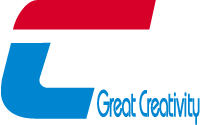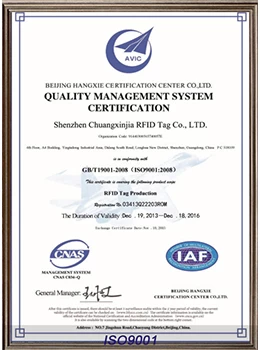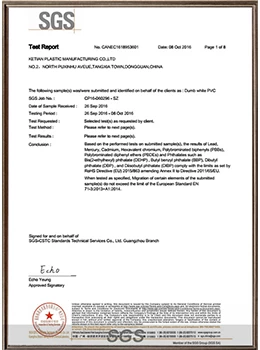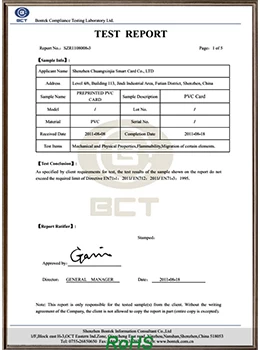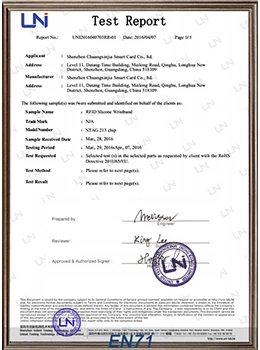RFID trash tag brings convenience to the trash classification industry
2017-11-18 17:36:32
Avfall Sr Husholdning AS is responsible for the domestic waste treatment of 45,000 residents in Kristiansand and uses RFID technology refuse collection and sorting solution,this solution provided by the AMCS Group of Ireland.
From 2003, AMCS company starts to provide Internet of Things RFID solutions, mainly to the waste disposal sector in Europe, North America. Based on RFID technology, the garbage collection and sorting solution not only manages the garbage collection process, but also can accurately bill and refuse to dispose of the unpaid residents' garbage. The system uses 125KHZ lf RFID tags. The label is affixed to the outside of the bin, and RFID reader is mounted on the truck's lifting grip. In the United States, AMCS uses UHF tags from other vendors.
AMCS's customers worldwide, there are about 9-10 million labeled trash. The label information is read when recycling car grip grabbed. Recycling car can detect whether the trash bin's owner is paid or not, and send the unpaid information to the resident cell phone. In addition, the system can detect if the bin is overweight and determine if it containsnon-recyclable waste.
A low frequency (125KHz) RFID trash tag is affixed to the trash can lid openings when manufacturering. Label reading distance is a few feet, and its life expectancy up to 8years.

In the process of garbage collection, the RFID reader reads the label information, meanwhile weighs the dustbin and the GPS device locate, then sends the label ID, weight,location, time and other information to the backstage database through the wired network. Applications in the AMCS solution are installed on user servers or provided directly tothe public service platform for access, customers prefer SAAS (Software as a Service) services to reduce operational costs.
After the system is adopted, the efficiency of garbage collection is greatly improved, and the number of recycling vehicles is reduced by 10% to 20%. Reciprocating truck liftingrake, reader reads the label information, the tag ID is sent to the back-end database and random computer on the truck, to determine whether the rubbish's owner is paid or not.If fees unpaid fees or expired, the recovery car will stop recycling and put the trash back to the curb. The speed and accuracy of tag reading directly affect the efficiency of the recycling car work, so the solution must be fully guaranteed tag reading.
The computer in the recycling car provides real-time information for drivers and management backstage. From this computer, you can find out why the trash can be denied treatment, and the staff can report to their company with this information. In the meantime, remind the staff to stop operating if the label fails or the trash is misplaced.
According to the report of Avfall Sr Husholdning, 90,000 bins have been labeled so far. Most residents have three bins, one for organic waste, one for recyclable waste and onefor other waste. Recycling routes include 17 recycling vehicles, each dealing with only one kind of trash. In addition, the garbage collection company charges differentially based on the number of garbage bins and other data.
In Europe, the waste bin solutions use low frequency rfid waste bin tags, whereas in the United States, the recovery car has a different set-up and there is a larger distancebetween the tags and the reader, using UHF tags. But there is a disadvantage that UHF transmission reliability in metal environments is lower than the low frequency tag.
From 2003, AMCS company starts to provide Internet of Things RFID solutions, mainly to the waste disposal sector in Europe, North America. Based on RFID technology, the garbage collection and sorting solution not only manages the garbage collection process, but also can accurately bill and refuse to dispose of the unpaid residents' garbage. The system uses 125KHZ lf RFID tags. The label is affixed to the outside of the bin, and RFID reader is mounted on the truck's lifting grip. In the United States, AMCS uses UHF tags from other vendors.
AMCS's customers worldwide, there are about 9-10 million labeled trash. The label information is read when recycling car grip grabbed. Recycling car can detect whether the trash bin's owner is paid or not, and send the unpaid information to the resident cell phone. In addition, the system can detect if the bin is overweight and determine if it containsnon-recyclable waste.
A low frequency (125KHz) RFID trash tag is affixed to the trash can lid openings when manufacturering. Label reading distance is a few feet, and its life expectancy up to 8years.

In the process of garbage collection, the RFID reader reads the label information, meanwhile weighs the dustbin and the GPS device locate, then sends the label ID, weight,location, time and other information to the backstage database through the wired network. Applications in the AMCS solution are installed on user servers or provided directly tothe public service platform for access, customers prefer SAAS (Software as a Service) services to reduce operational costs.
After the system is adopted, the efficiency of garbage collection is greatly improved, and the number of recycling vehicles is reduced by 10% to 20%. Reciprocating truck liftingrake, reader reads the label information, the tag ID is sent to the back-end database and random computer on the truck, to determine whether the rubbish's owner is paid or not.If fees unpaid fees or expired, the recovery car will stop recycling and put the trash back to the curb. The speed and accuracy of tag reading directly affect the efficiency of the recycling car work, so the solution must be fully guaranteed tag reading.
The computer in the recycling car provides real-time information for drivers and management backstage. From this computer, you can find out why the trash can be denied treatment, and the staff can report to their company with this information. In the meantime, remind the staff to stop operating if the label fails or the trash is misplaced.
According to the report of Avfall Sr Husholdning, 90,000 bins have been labeled so far. Most residents have three bins, one for organic waste, one for recyclable waste and onefor other waste. Recycling routes include 17 recycling vehicles, each dealing with only one kind of trash. In addition, the garbage collection company charges differentially based on the number of garbage bins and other data.
In Europe, the waste bin solutions use low frequency rfid waste bin tags, whereas in the United States, the recovery car has a different set-up and there is a larger distancebetween the tags and the reader, using UHF tags. But there is a disadvantage that UHF transmission reliability in metal environments is lower than the low frequency tag.
